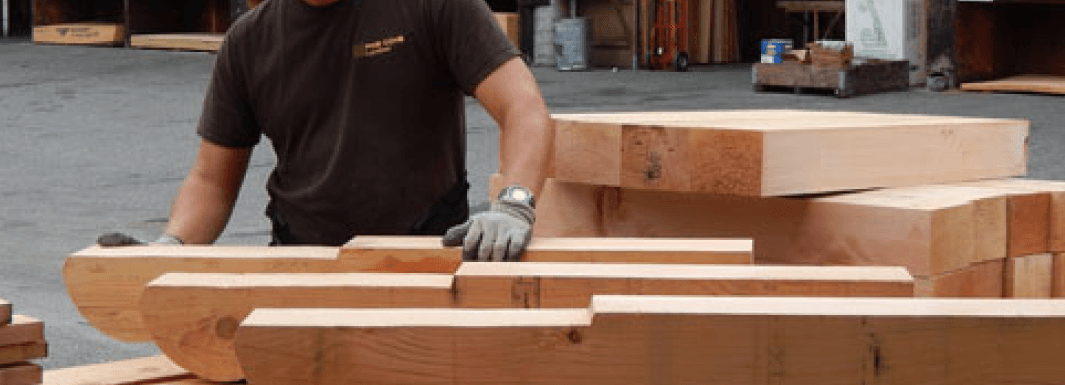
When it comes to building projects, selecting the right type of lumber is crucial. Whether you're constructing a deck, framing a house, or crafting furniture, the quality and type of wood can significantly impact the strength, durability, and appearance of your finished project. Here’s a guide to help you make an informed choice when selecting lumber for building purposes.
Understand the Types of Lumber
1. Softwood vs. Hardwood:
Softwood: This type of wood comes from coniferous trees, such as pine, fir, and cedar.
Softwoods are generally less expensive and easier to work with than hardwoods. They are commonly used in structural applications, such as framing and outdoor projects.
Hardwood: Derived from deciduous trees like oak, maple, and walnut, hardwoods are typically used for fine furniture and interior finishes due to their durability and beautiful grain.
2. Dimensional Lumber and Boards:
Dimensional Lumber: These are standard precut sizes used primarily for construction. Examples include 2x4s or 2x6s used for studs, beams, and joists.
Boards: Less thick than dimensional lumber, boards are often used for trim work, cabinetry, and furniture.
Consider the Grade of Lumber
The grade of lumber is a key factor that indicates the quality and appearance of the wood. Grades are determined based on the number and size of defects, such as knots and splits.
Structural Grades: These are important for lumber used in load-bearing situations. High-grade structural lumber (e.g., Select Structural, No. 1, and No. 2) has fewer defects, ensuring strength and stability.
Appearance Grades: If the visual aspect of the wood is important, such as in paneling or furniture, look for higher appearance grades which are free of major knots and inconsistencies.
Moisture Content and Treatment
Kiln-Dried vs. Green Lumber: Kiln-dried lumber has been dried in a kiln to remove moisture, making it less prone to warping and shrinking. Green lumber, on the other hand, has not been dried and can be more susceptible to these issues.
Treated Lumber: For outdoor projects, consider using pressure-treated lumber, which is treated with chemicals to resist rot, decay, and termites. Ensure it is suitable for your specific application, such as ground contact or above ground use.
Sustainability
Opting for lumber from sustainably managed forests can make a difference. Look for certifications like FSC (Forest Stewardship Council) or SFI (Sustainable Forestry Initiative) to ensure that the wood is sourced responsibly.
Practical Tips for Selecting Lumber
Inspect for Defects: Always inspect lumber before purchasing. Look for straight pieces without warps, twists, or bows. Check the ends for splits or cracks, which can weaken the wood.
Consider the Project Requirements: Match the type of wood and grade to the specific needs of your project. For structural elements, strength is a priority, while appearance might be more important for interior projects.
Consult Professionals: If in doubt, don’t hesitate to ask for advice from professionals. We can provide valuable insights based on your project’s requirements.
By understanding the different types of lumber available, considering the grade and moisture content, and focusing on sustainability, you can select the best wood for your building project, ensuring durability, functionality, and beauty.